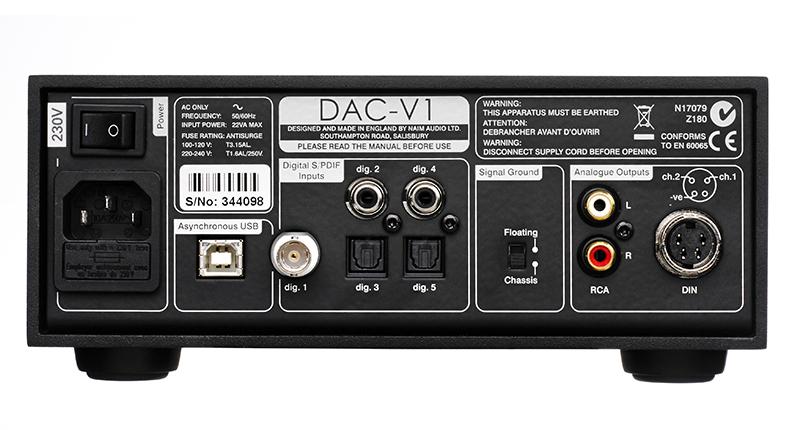Common is due to expediency, not safety. It is mainly due to the US(or others) mains plugs not being polarity dedicated and no double insulation on some products.
In most parts of the world the active and neutral pins of AC plugs are constrained by angular configuration or by mechanical reference to an earth pin. The standard 2-pin parallel blade does not achieve this - thus earth-lift. Dangerous quick-fix.
In my engineering student days I was forcefully thrown backwards about 6ft. when using a 'floating' US signal generator with an earthed British CRO and got a hand-to-hand shock. I obviously survived that shocking trauma but it made me aware of earthing and polarity issues with equipment.
NO, ABSOLUTELY NOT!!!!!
The chassis of the equipment is NOT EVER lifted from safety earth, only the audio ground/earth is lifted from the chassis. That leaves the equipment ALWAYS safely earthed.. If any manufacturer is daft enough actually to remove the safety earth, then they should be taken out and shot.
Double insulated equipment doesn't have an earth, so there's no safety earth to remove, but there may be instances where the case, if metal, should be left floating from the audio earth such as when the equipment is mounted in a metal rack which itself is earthed, as it should be. The polarity or reversability of the mains plugs is completely irrelevant.
It used to be common (but very dangerous) practice to remove the safety earth from 'scopes or other items of test gear that didn't have an earth lift switch, and indeed, what you experienced wasn't that rare. Soldering irons were another one for removing the earth, so one could solder onto live circuits without them going bang.
I still read on some forums where people stupidly suggest removing the safety earth to get rid of hum loops.

S.




